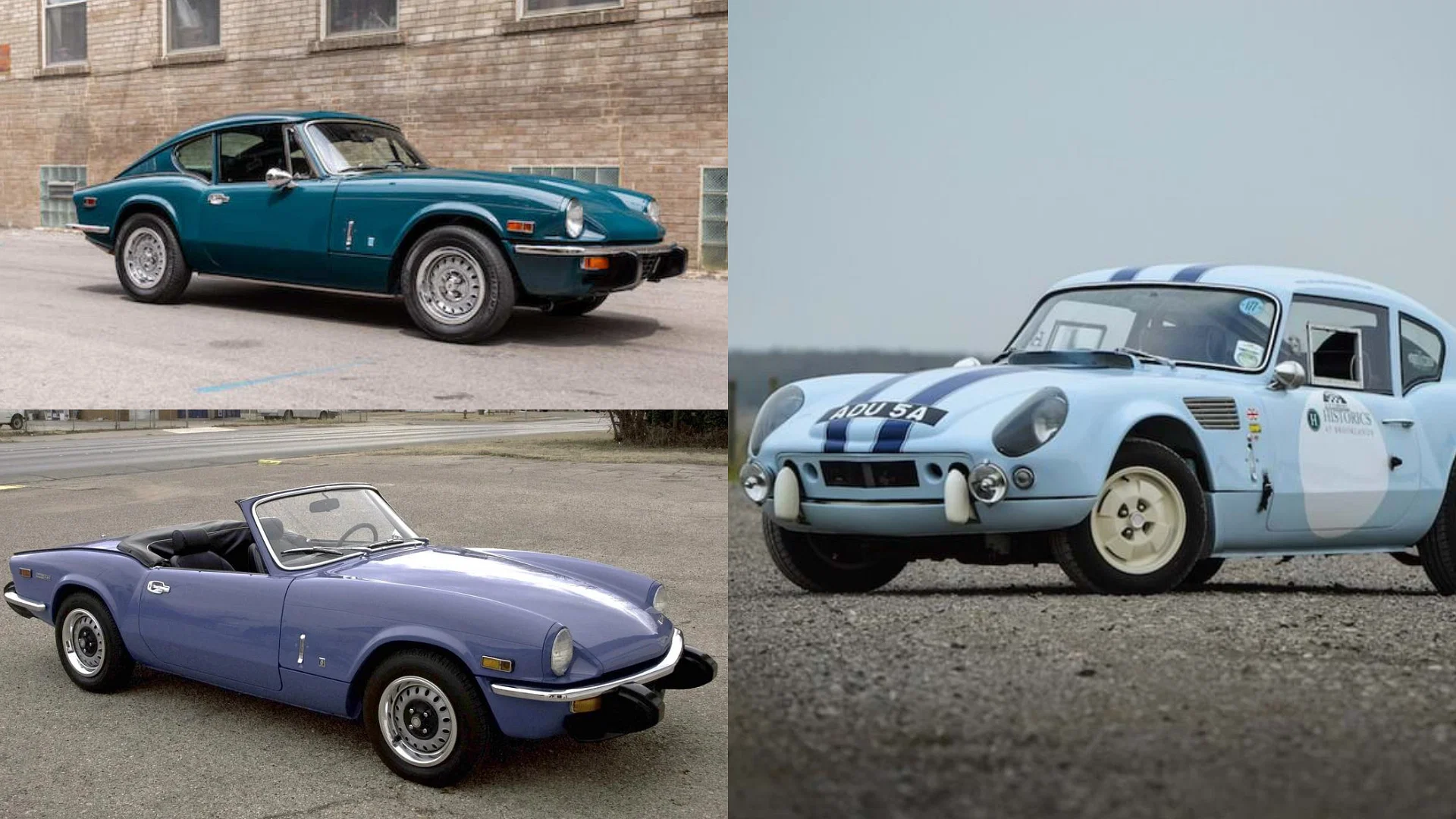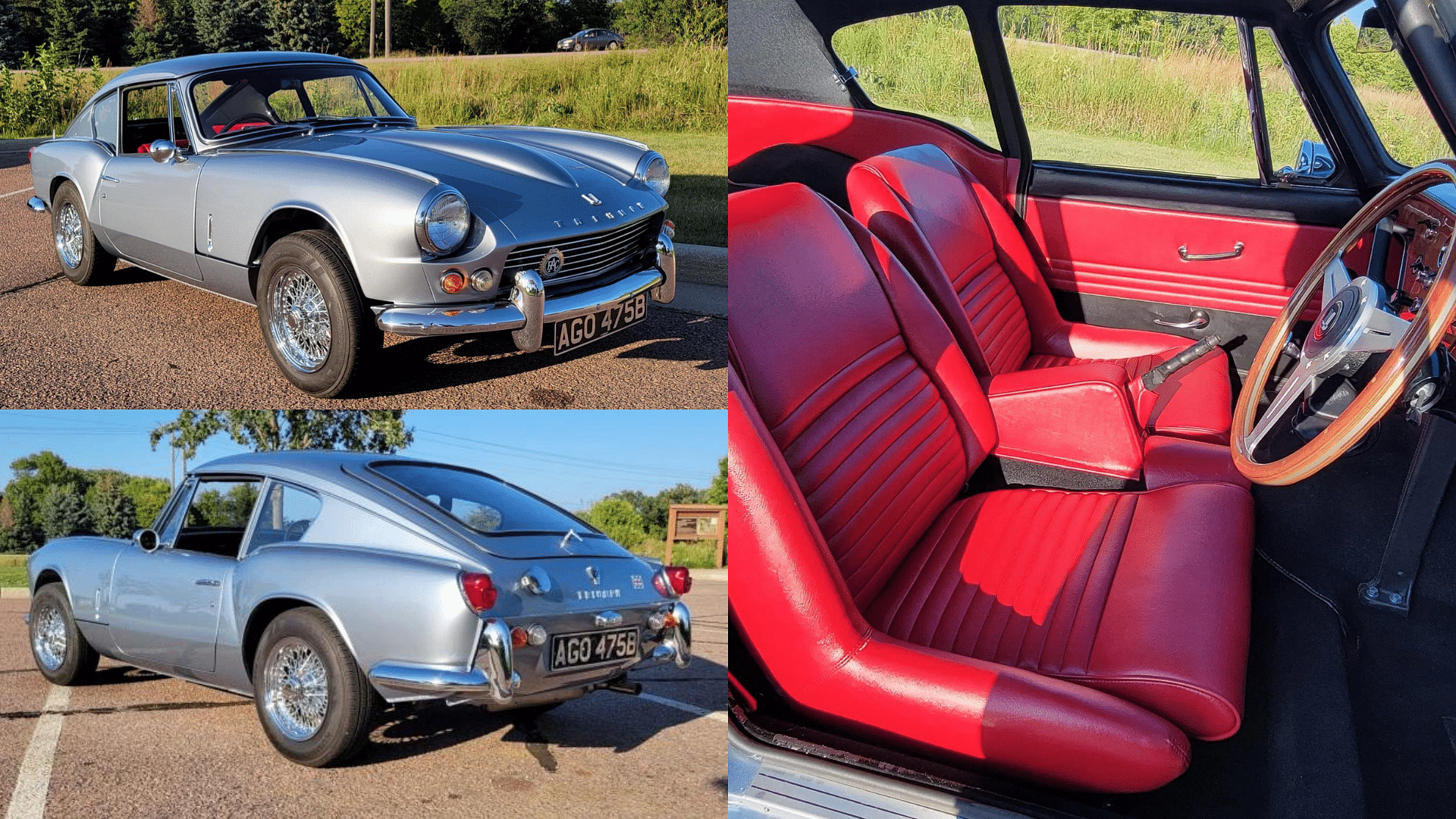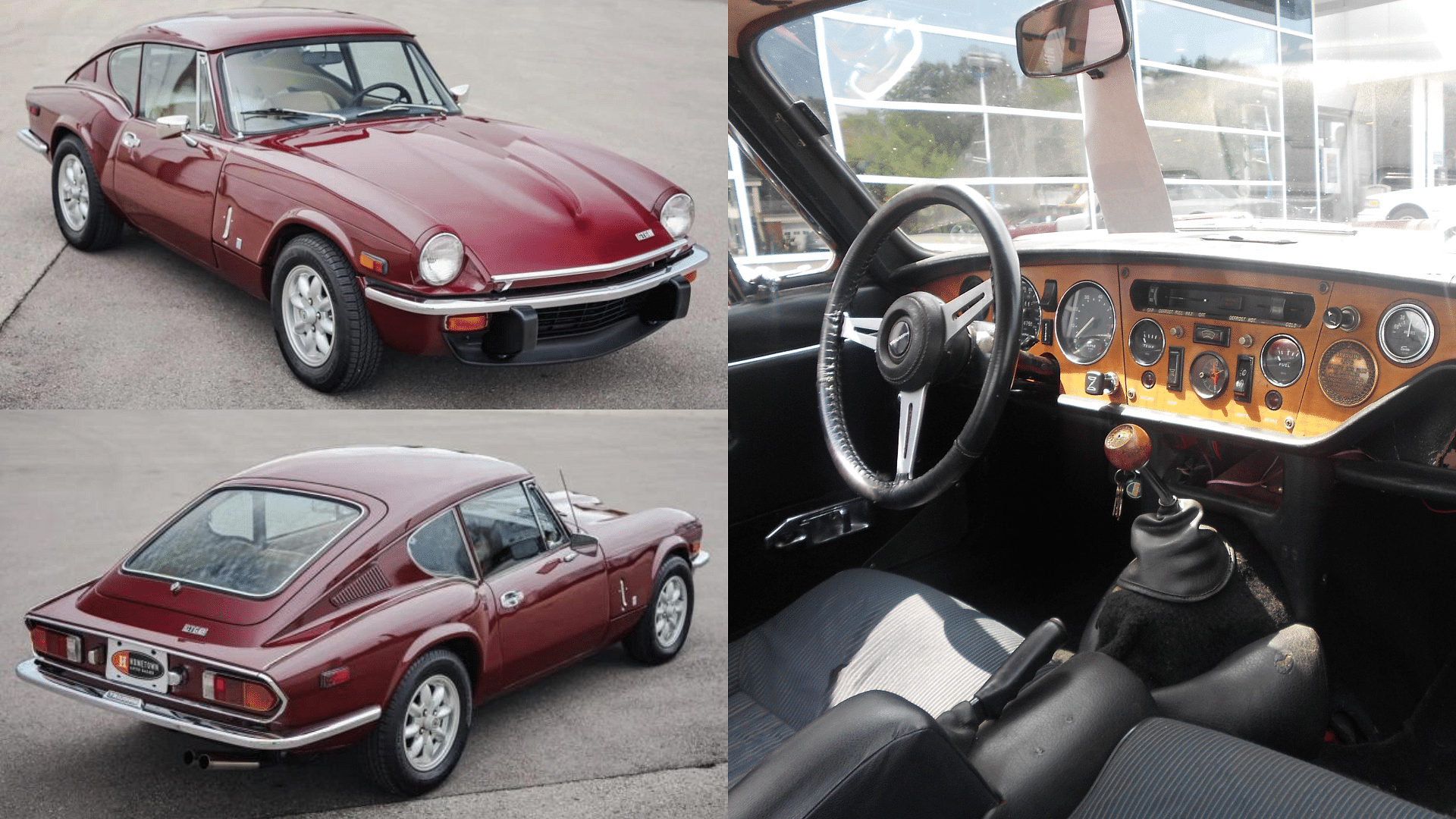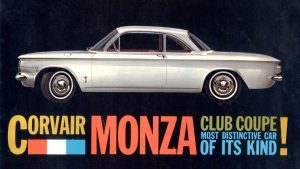
The development of the GT6 goes as back as 1963 when the Spitfire GT4 prototype was designed by Giovanni Michelotti. The Spitfire 4 convertible was taken as the foundation for the design.
Although the final design appeared attractive and athletic, the increased weight resulted in lagging performance from the 1.1L Inline-4 engine. Hence, the Spitfire GT4’s production was halted for the time being.

However, for the 1964 season, the Triumph racing program decided to borrow Spitfire GT4’s design and modify the car for the racing track. The efforts were successful and allowed Triumph to win 1st in class at the 1965 24 Hours of Le Man race and 13th position overall. Hence, this victory paved the way for the Triumph GT6 production model which debuted in 1966 with a 2.0L six-cylinder engine.
Reportedly, over 40,000 units of the Triumph GT6 Coupe were produced from 1966 to 1973. Currently, the average estimated price of the Triumph GT6 is $23,146. If you are planning to buy the 1973 GT6 model then it will cost $19,008. Meanwhile, early 1966 models remain closer to the $25,000 price tag.
The Triumph GT6 was sold with Mark I, Mark II, and Mark III tags during its seven years of production. However, all models came with a 2.0L Inline-6 engine which received power bumps in different years. The engine was connected to a 4-speed manual transmission with optional overdrive.
The Triumph GT6 Mark I Coupe was introduced in 1966 and it remained in the market till 1968. The 2.0L Inline-6 engine under the GT Mark I’s hood made 95 horsepower and 117 lb-ft of torque. These figures helped the GT6 Mark I in accelerating from 0 to 60 MPH in 12ish seconds and touching a top speed of 106 MPH.

However, the first iteration of the GT6 with the Mark I badge was notorious for its rear swing-axle system which affected its overall handling on the road. In the US, more and more buyers started complaining about the terrible handling of the GT6 Mark I. Regardless of the backlash, 15,818 units of the Triumph GT6 Mark I were sold.

To counter the criticism and manage its reputation in the market, Standard-Triumph launched the GT6 Mark II Coupe with some major improvements. The rear suspension from GT6 Mark I was redesigned and the engine was also refined. The 2.0L Inline-6 engine now made 104 horsepower. Due to increased power, the GT6 Mark II was able to cross the 60 MPH limit in roughly 10 seconds.
Some design changes on the GT6 Mark II included a refreshed front end. Furthermore, there were many other mechanical updates that came with the GT6 Mark II such as an improved braking system. At the same time, the dashboard and gauges were also changed and a different color scheme was adopted in the cabin. All these improvements secured a sale of only 12,066 units.

The GT6 Mk III Coupe was the final iteration of the original GT6 which started hitting dealerships in 1970. The Triumph GT6 Mk III came with a big design refreshment and some not-so-big mechanical changes. Its body mirrored the Spitfire Mk IV’s design updates. Therefore, the GT6 Mk III became more aerodynamic which aided its performance without having to increase the engine output. Meanwhile, the rear suspension was again new but more effective than the one fitted in the Triumph GT6 Mark I. Furthermore, in 1973, the GT6 Mark III’s vinyl upholstery was replaced with a cloth one. Meanwhile, a brake servo was also added the same year.
So was the last Triumph GT6 model successful in the US? NO. Despite having the top speed increased to 112 MPH, an improved sporty design, and better handling, the main rival of the Triumph GT6, the MG MGB managed to have better sales figures. Finally, with only 13,042 units sold, the Triumph GT6 was discontinued in 1973.





